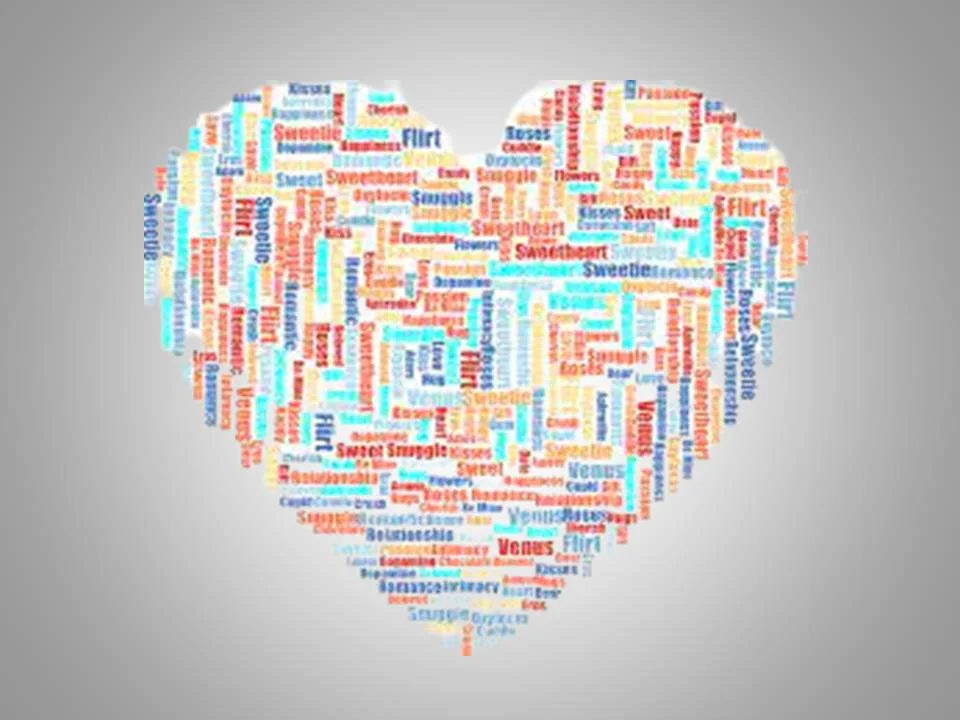Does oxytocin increase love?
The important hormone of our body is oxytocin and this is also called the love hormone. Oxytocin is a master hormone that mitigates the body's stress response and helps buffer against the determinant impact of chronic stress.
Oxytocin plays an important role in this sexual and romantic relationship. Many women and some men are not involve in sexual activity until their oxytocin level reaches a certain threshold. Oxytocin plays critical roles in maternal behavior, childbirth, and breastfeeding, social bonding, love, attachment, and also decides our family relationships and social relationship.
What is the oxytocin hormone?
Oxytocin is a neuropeptide and it is compose of two different terms. The first one is neuro and the second one is a peptide. It means it is a short chain polypeptide with only nine amino acids. It works as a neurotransmitter.
What stimulates oxytocin release?
Oxytocin is a neuropeptide produce by hypothalamus and occurs at two different places. Paraventricular nucleus and Supraoptic nucleus of the hypothalamus and secreted into the bloodstream through the posterior pituitary gland.where it interacts with the oxytocin receptors.
This oxytocin is a peptide hormone so it cannot reach the cells. So many receptors are present on the plasma membrane. And the receptor for oxytocin is the seven-transmembrane helix. That are called G protein–coupled receptors (GPCRs).
And go into the different parts of the body. oxytocin also works on our central nervous system's brain so for that one it has to go through the cerebral spinal fluid so this releases into the cerebrospinal fluid through the infundibulum parts.
Which Organ produces oxytocin?
- Oxytocin is not only produce by the hypothalamus and posterior pituitary. But rather than it is also produce by some other important organs of our body but in a very small amount. Those are small amounts are non-significant compare to the production from the hypothalamus and pituitary.
- It is going to be produce by the corpus luteum and placenta interstitial cells of the female.
- The renal adrenal medulla and pancreas are the other organs that produce oxytocin.
What does oxytocin do in males and females?
Oxytocin in females helps in childbirth. It also helps with the cervical dilation and contraction of the muscles. So that childbirth takes place. And at the time of breastfeeding, it allows milk to be laid down from the nipple. And in males, it helps in sperm ejaculation.
What are the functions of Oxytocin?
It performs many functions such as:
- Breastfeeding
- Childbirth
- Water homeostasis
- Sexual intercourse
- Cardiac issue
- Prepare fetal
- Sperm ejaculation
- Increase social relationship
- Anti-stressor or honeymoon hormone

1. Breastfeeding:
The first function or the important function of oxytocin is milk ejection. That is during breastfeeding. in the case of lactating women or the breastfeeding mothers. Oxytocin walks on the mammary gland causing milk to let down into the subareolar sinuses from where it can be excreted via the nipple.
So whenever a baby circling baby stimulates the nerves in the nipple area and areola that travels to the hypothalamus. in response, the hypothalamus stimulates the posterior pituitary to release oxytocin and prolactin. Both hormones relate to milk production and milk secretion but their function is different. oxytocin helps in the release of milk whereas prolactin normally functions for the production of more milk. So milk production is done by prolactin and milk release is done by oxytocin.
During breastfeeding, oxytocin is secrete in a high amount into the mother and baby's brain. It helps to create a deep physical, mental, and emotional attachment between the mother and the baby.
2. Childbirth:
The second function is uterine contraction. it is essential for cervical dilation before birth. oxytocin causes contraction during the second and third stages of labor. Throughout the pregnancy, oxytocin secretion is inhibite by estrogen and progesterone hormone. In late pregnancy oxytocin receptor also increases on the uterine wall. As a result more oxytocin works on uterine contraction and child labor pain.
3. Water homeostasis:
Oxytocin also works on the kidney and helps in water homeostasis. oxytocin can stimulate this sodium excretion into the urine so naturally, enuresis will cause.
4. Sexual intercourse:
In a woman who is non-pregnant, in that case, the oxytocin walks on the female genital tract. It facilitates the transport of sperm after sexual intercourse. so in the male also it is going to help in sperm longevity sperm travel and in the female genital tract. Also, sperm will be transporte up to the fallopian tube with the help of this oxytocin. So oxytocin normally causes reverse peristaltic movement in the fallopian tube for fertilization.
5. Cardiac issue:
This oxytocin also has an effect on cardiac tissue. Oxytocin receptors are also present in the heart. The hormone may play a role in the embryo development of the heart by promoting cardiomyocyte differentiation.
6. Prepare fetal:
It also prepares fetal neurons for delivery by crossing the placenta.
7. Sperm ejaculation:
In the case of males, oxytocin increased during ejaculation. It facilitates the release of sperm into the urethra by causing the contraction of smooth muscle fiber in the reproductive tract.
8. Increase social relationships:
It increases social relationships that how two people interact with each other. We see oxytocin in our life span from birth to death in every process.
9. Anti-stressor or honeymoon hormone:
Qxytocin also benefits mental health and happiness like it is anti-stress. It is having an anti-stress effect. It improves moods and sexual erosion organs. So it is calling a honeymoon hormone. So it is responsible for attachment, bonding, and love.